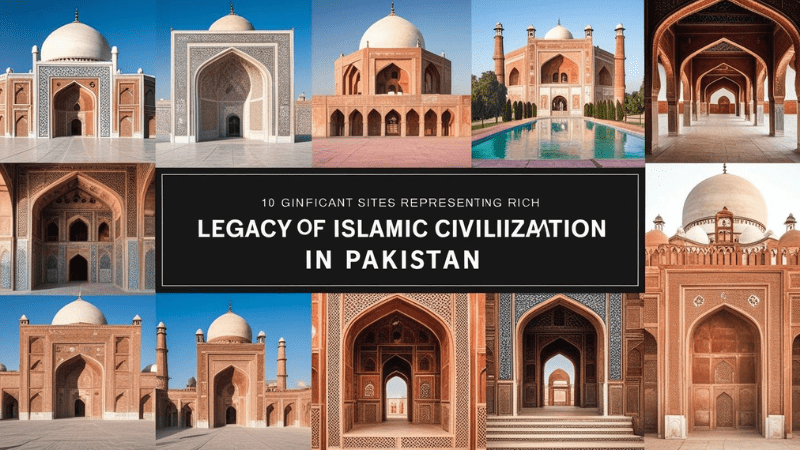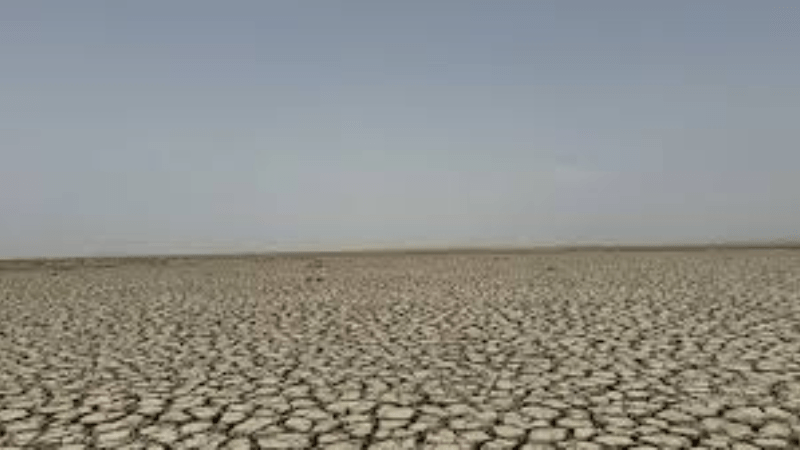Pakistan: Top 10 Traces of Islamic Civilization – A Rich Legacy
Pakistan represent the great Islamic history, architecture, and culture of the region. There are many historical places and monuments that reflect different periods of Islamic civilization.
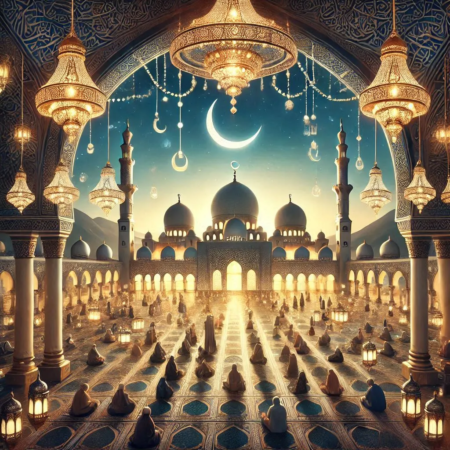
These archeological monuments, mosques, forts, and tombs are the finest examples of Islamic architecture and are part of Pakistan’s Islamic heritage.
Table of Contents
Pakistan: Top 10 Traces of Islamic Civilization – A Rich Legacy
1. Badshahi Masjid
Badshahi Masjid is located in Lahore and is a magnificent example of Mughal architecture. It was built in 1673 by Mughal Emperor Aurangzeb Alamgir. The mosque’s elaborate structure, minaret, and beautiful marble work are the best examples of Islamic architecture.
2.Cultural and Religious Significance
Badshahi Masjid is not only a place of worship but also a symbol of Islamic heritage. It reflects the religious and cultural importance of Islam in the subcontinent. It remains a vital center for prayer, learning, and Islamic practices.

3. Historical Role
During the Mughal era, the mosque was used for significant religious gatherings, royal decrees, and celebrations. It served as the site for prayers during special occasions such as Eid and Friday congregational prayers. Over time, it has remained a site of historical importance, witnessing events of national and international significance.
2.Shahi Fort
Shahi Qila, also known as Lahore Qila, is a magnificent fort of the Mughal era. The fort was built in different Islamic eras and reflects the artistic talent of the Mughal era. Among them are Shahi Darbar, Shesh Mahal, and Alamgiri Darwaza.

Mughal Architectural Splendor
Shahi Qila is a prime example of Mughal architecture, blending traditional Islamic designs with unique Mughal artistry. The fort’s intricate detailing, expansive courtyards, and elegant pavilions reflect the period’s grandeur and sophistication. The use of red sandstone and marble, along with decorative elements like frescoes, tile work, and calligraphy, demonstrates the artistic mastery of the Mughal craftsmen.
2. Shahi Darbar (Royal Court)
The Shahi Darbar, or Royal Court, within the Lahore Fort was the center of political and ceremonial activities. It is where Mughal emperors held audiences with their courtiers, and official decrees were proclaimed. The hall’s design and grandeur were meant to reflect the power and majesty of the emperor, with its ornate decorations and large space for gatherings.
3. Shesh Mahal (Palace of Mirrors)
The Shesh Mahal is one of the most famous sections of Lahore Fort, known for its stunning mirror work. Built during the reign of Emperor Shah Jahan, this palace features walls adorned with hundreds of tiny mirrors, creating a dazzling effect. The Shesh Mahal exemplifies the luxury and opulence of the Mughal court, providing a serene and aesthetically pleasing environment for royal leisure.
3.Tomb of Hazrat Data
The mausoleum of Hazrat Ali bin Usman Hajwiri, popularly known as Dataganj Bakhsh, is located in Lahore. It is a spiritual center and is visited by thousands of pilgrims every year. His mausoleum is a symbol of Islamic civilization and development of Sufism in Lahore.
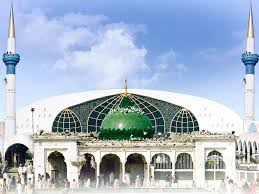
4. Faisal Mosque
Faisal Mosque is the largest and modern example of Islamic architecture in Pakistan. It was completed in 1986 with the support of King Faisal of Saudi Arabia. The design of the mosque combines modern style with traditional Islamic architecture.

5. Tomb of Shah Rukn
Shah Rukn Alam’s mausoleum is located in Multan and is a magnificent example of Islamic architecture. It was built in the 14th century and its structure and design is a blend of Mughal and Persian architecture. This tomb is a symbol of the Sufi culture of South Punjab.

6. Mahabat Khan
The Mahabat Khan Mosque was built in Peshawar during the Mughal period and is a fine example of Mughal architecture. The carvings on the walls of this mosque and its minarets reflect Islamic artistry.

7. Tomb of Quaid-i-Azam
Quaid-e-Azam Muhammad Ali Jinnah’s Tomb is located in Karachi and was built as a memorial to the founder of Pakistan. The design of this mausoleum is inspired by Islamic architecture and is a prominent part of Pakistan’s Islamic heritage.

8.Shahjahani Masjid of Thatta Sindh
The Shahjahani Masjid in Thatta was built by Mughal Emperor Shahjahan. The specialty of this mosque is its 93 domes, which create excellent acoustic effects. The carvings and colorful tile work on the walls of the mosque is a wonderful example of Islamic architecture.

9. Rohtas Fort
Rohtas Fort was built by Sher Shah Suri to defend against the Mughals. The fort is an excellent example of Islamic military architecture and is a UNESCO World Heritage Site.

10.Islamic archeology Moen Jo Daro and Harappa
Although the civilizations of Moenjo Daro and Harappa are pre-Islamic, many steps were taken to preserve their relics during the Islamic period and today these sites are part of the protected heritage under the Islamic State of Pakistan.
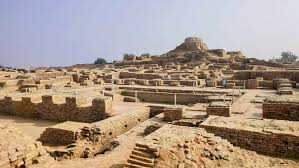
Result
These monuments of Islamic civilization in Pakistan reflect our historical heritage and highlight various aspects of Islamic architecture, culture, and history. These places not only reflect the Islamic identity of Pakistan but also attract tourists, who are interested in Islamic culture and history.
